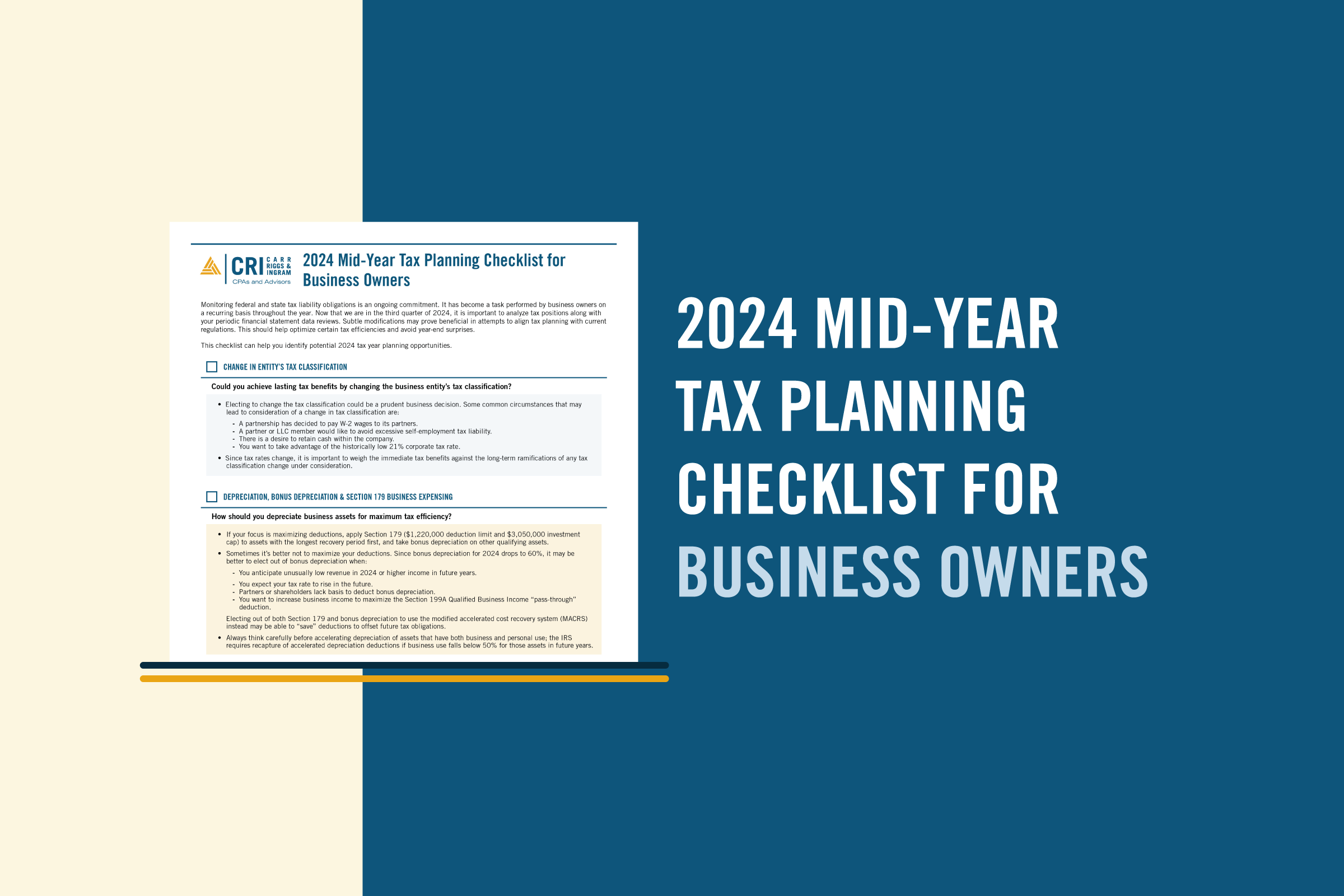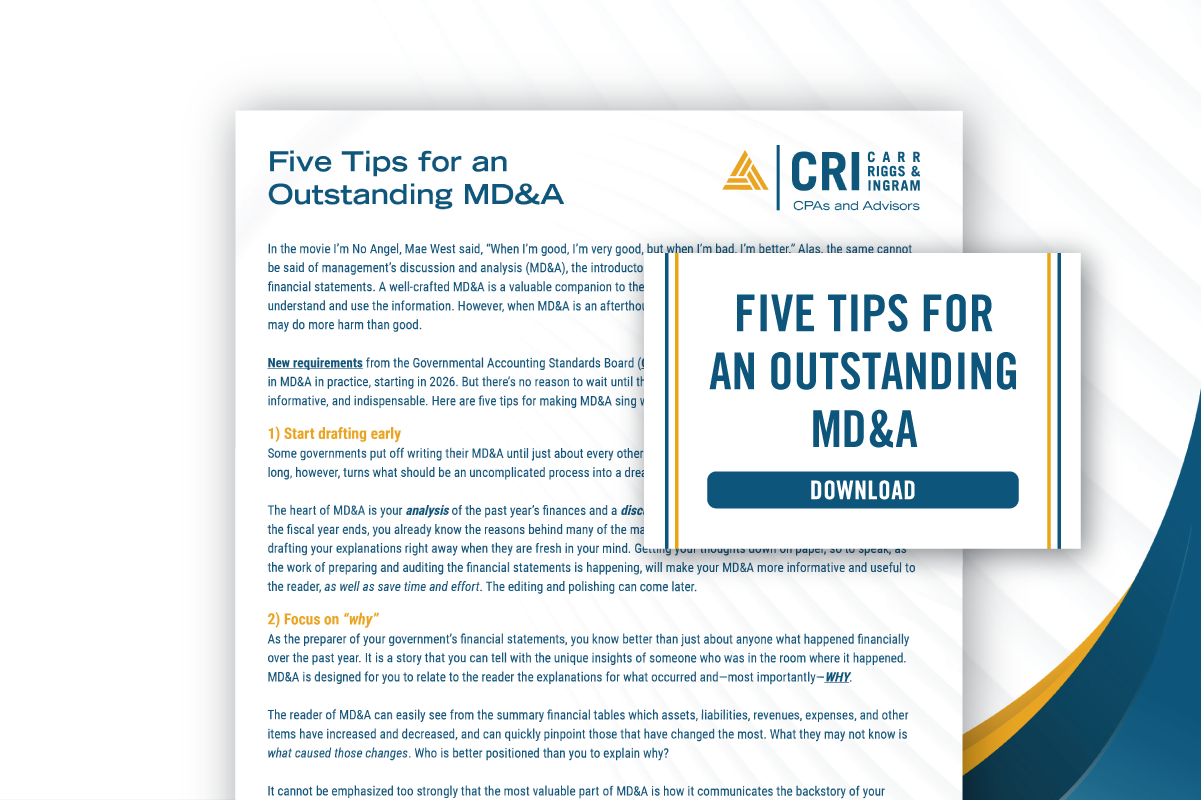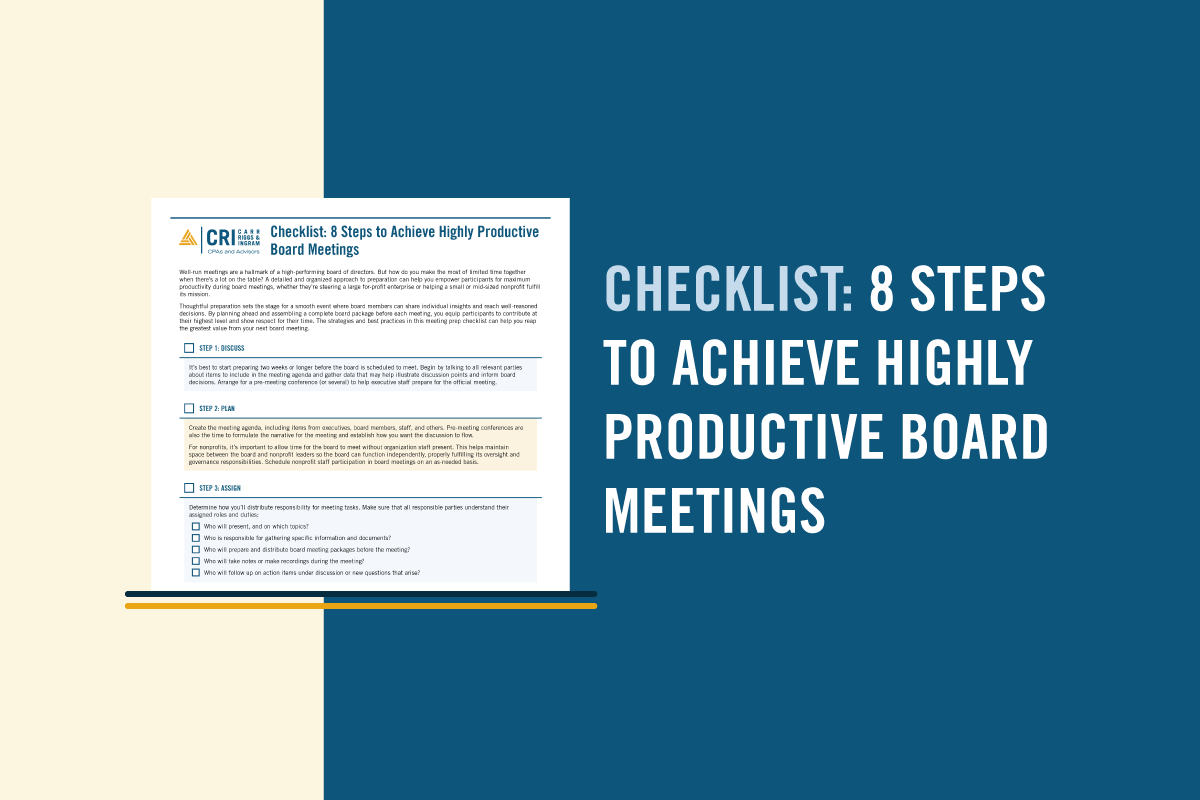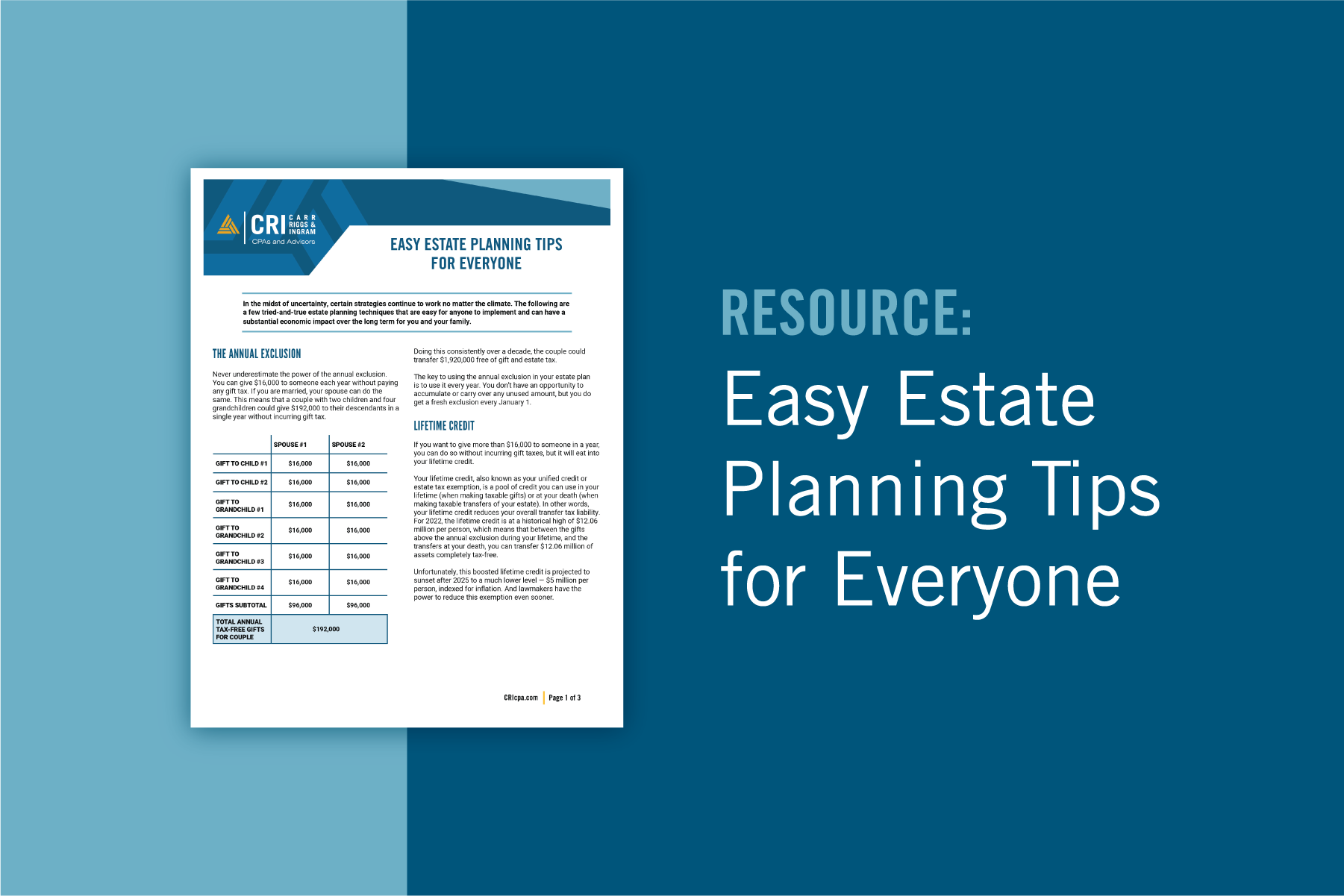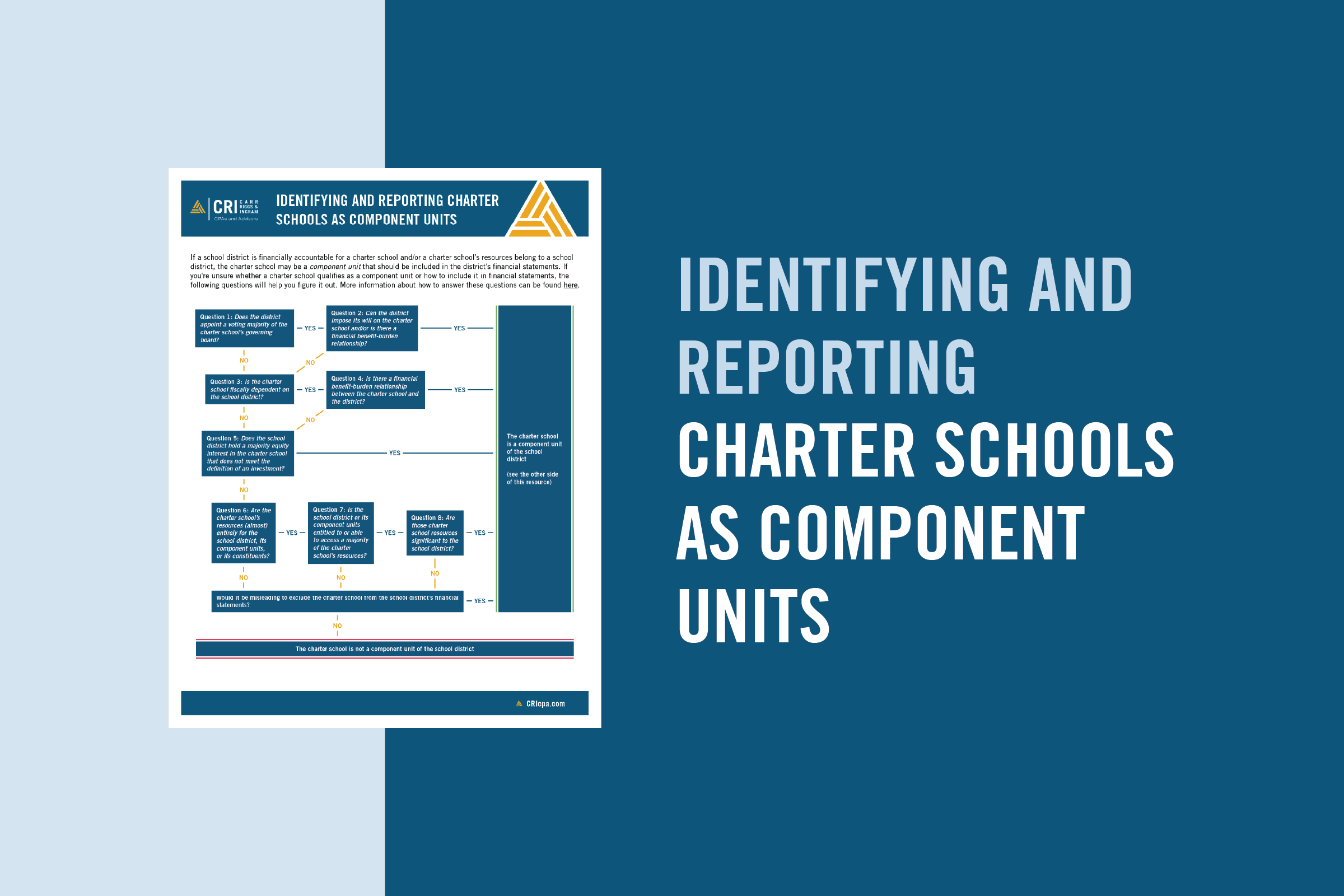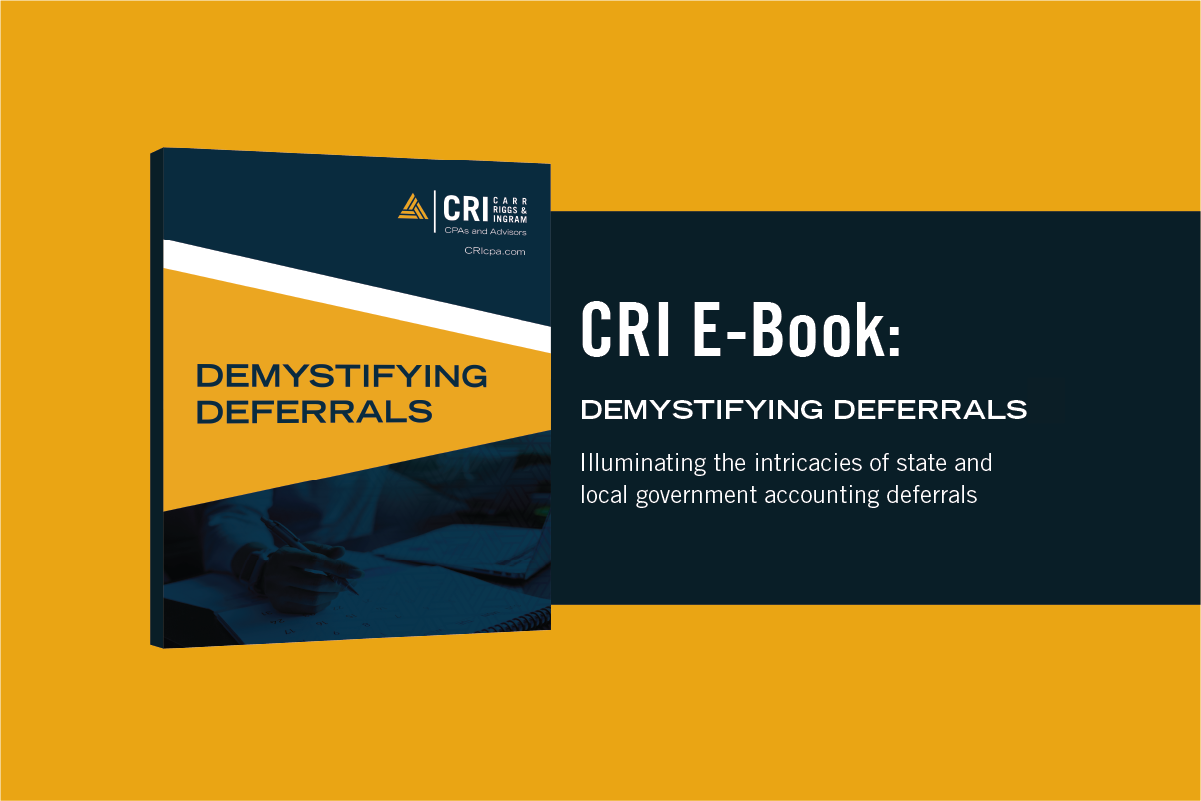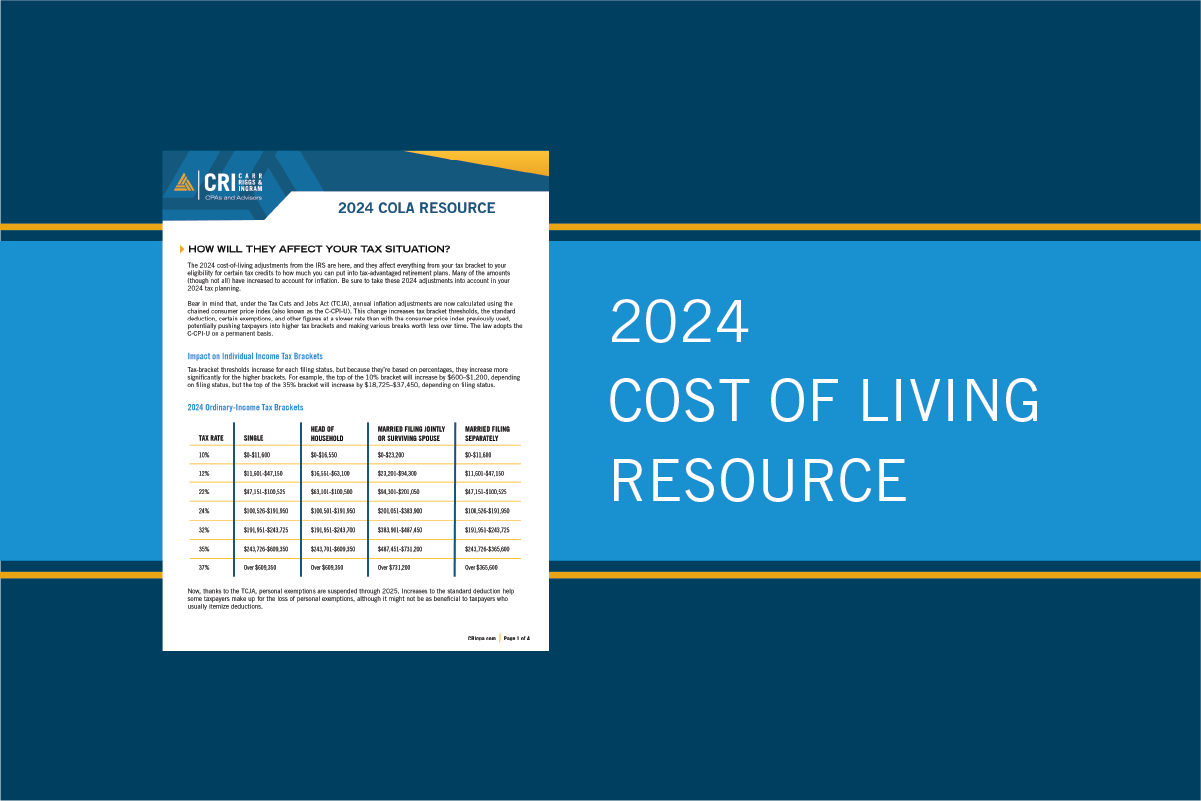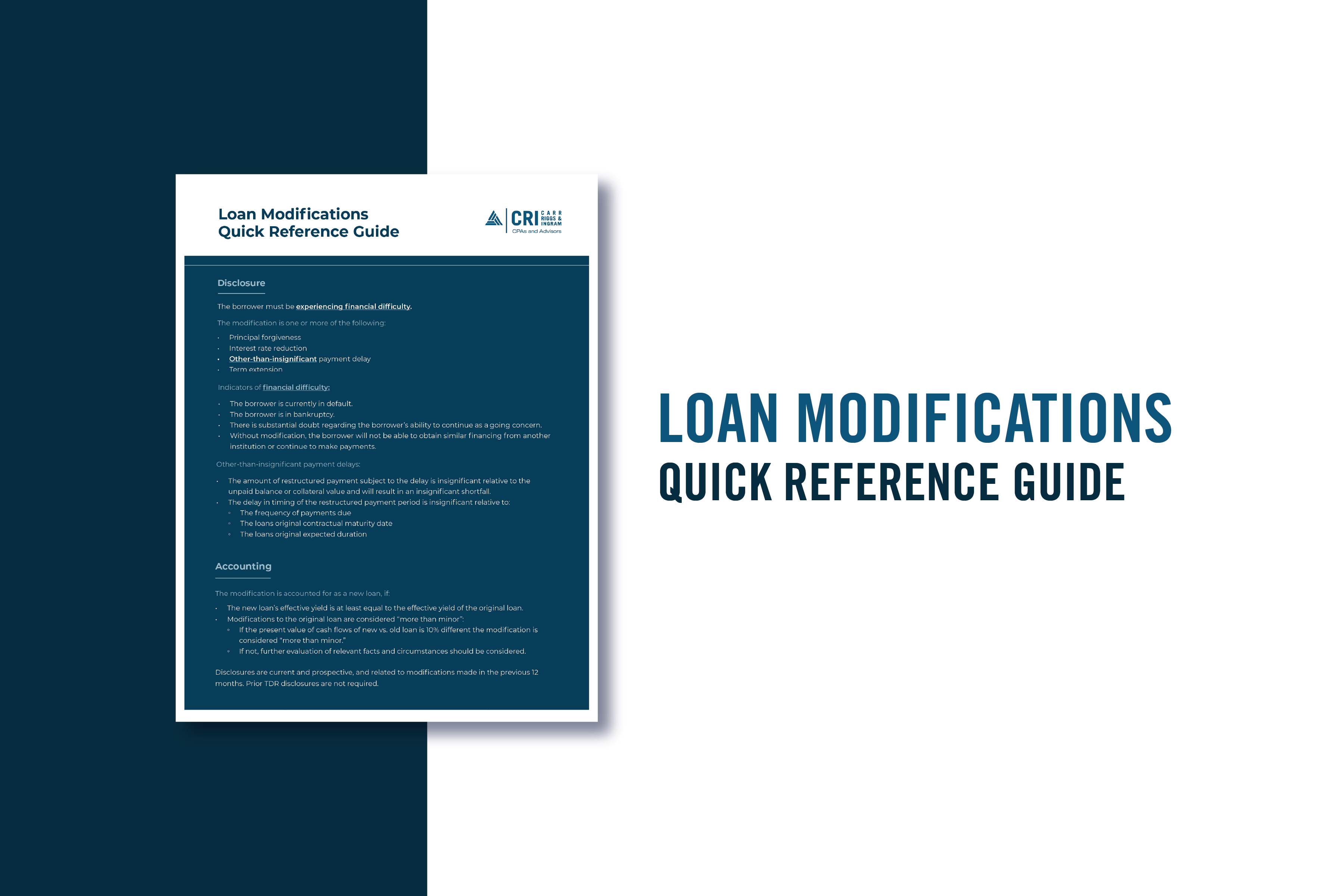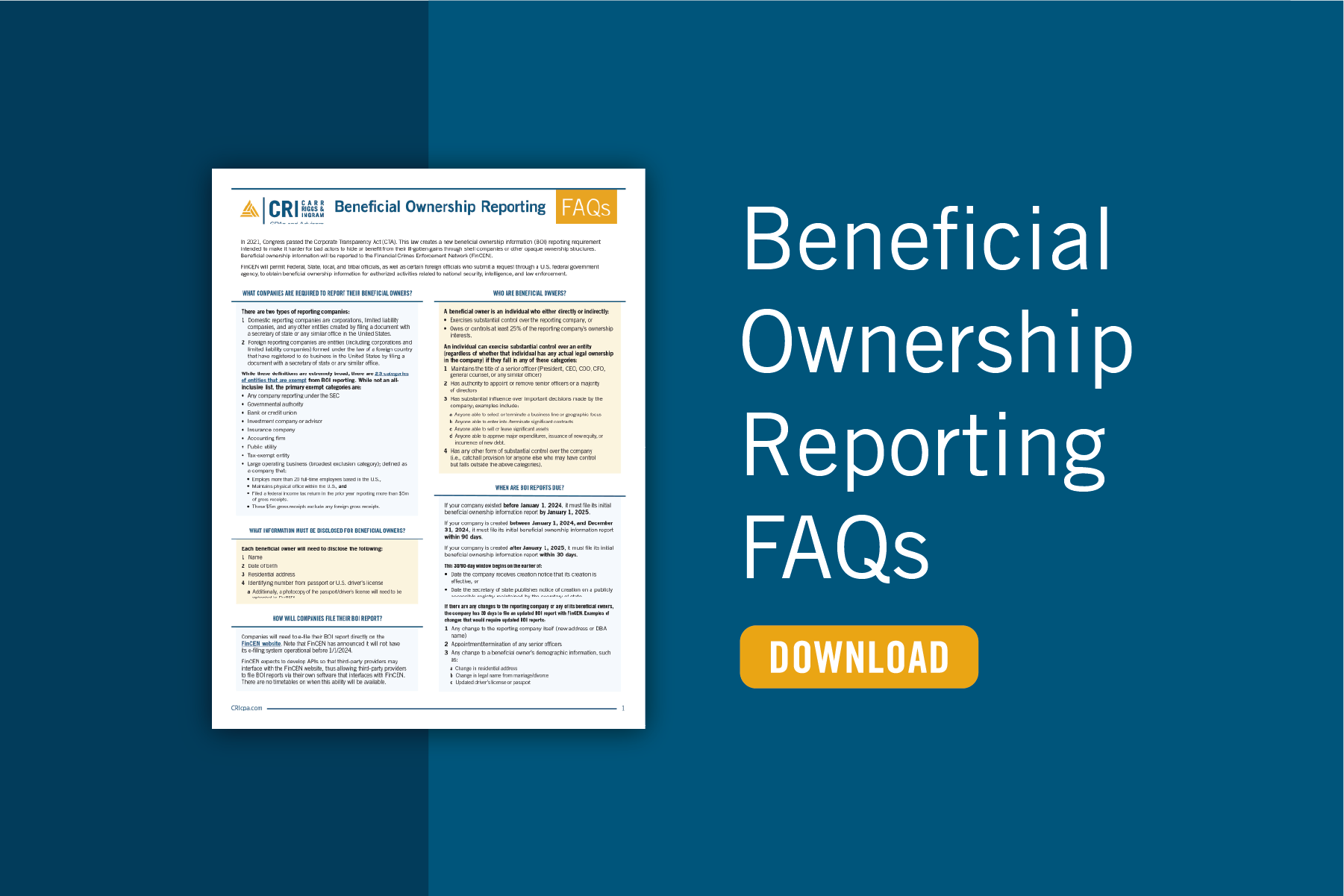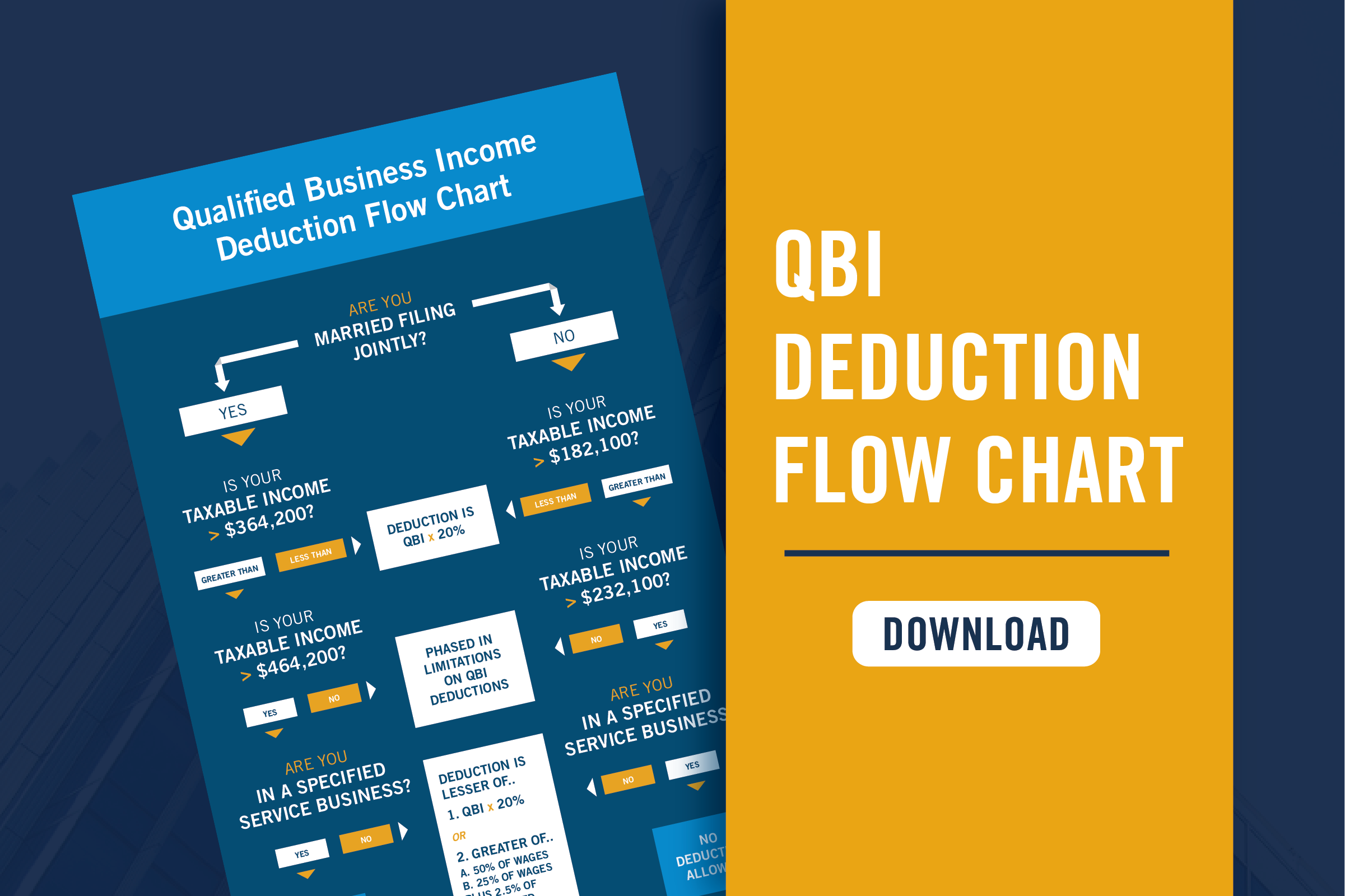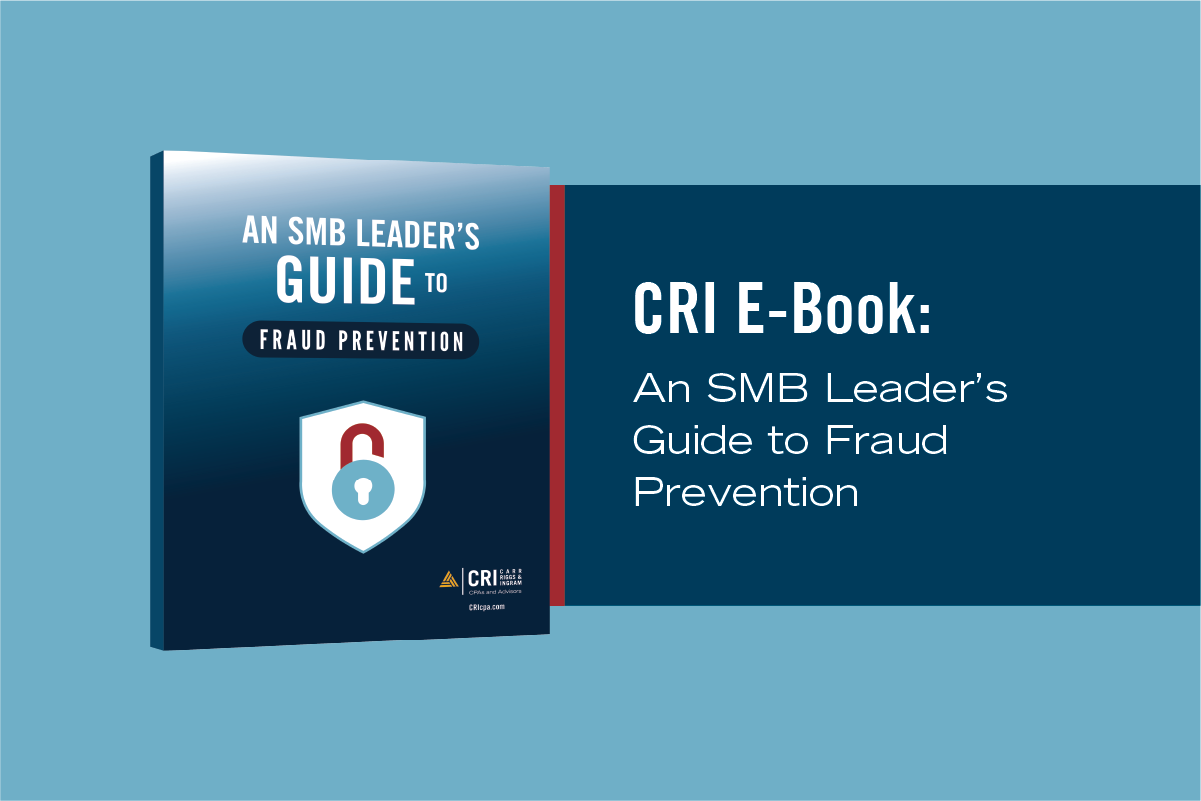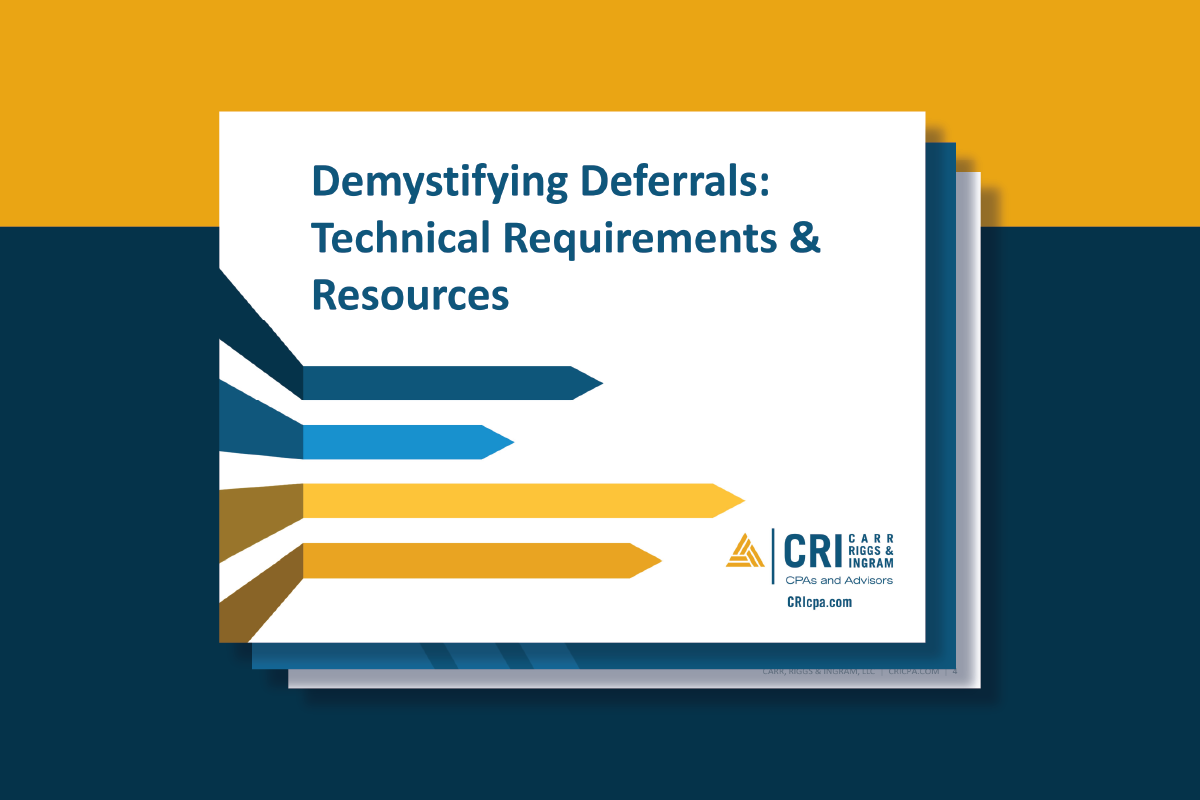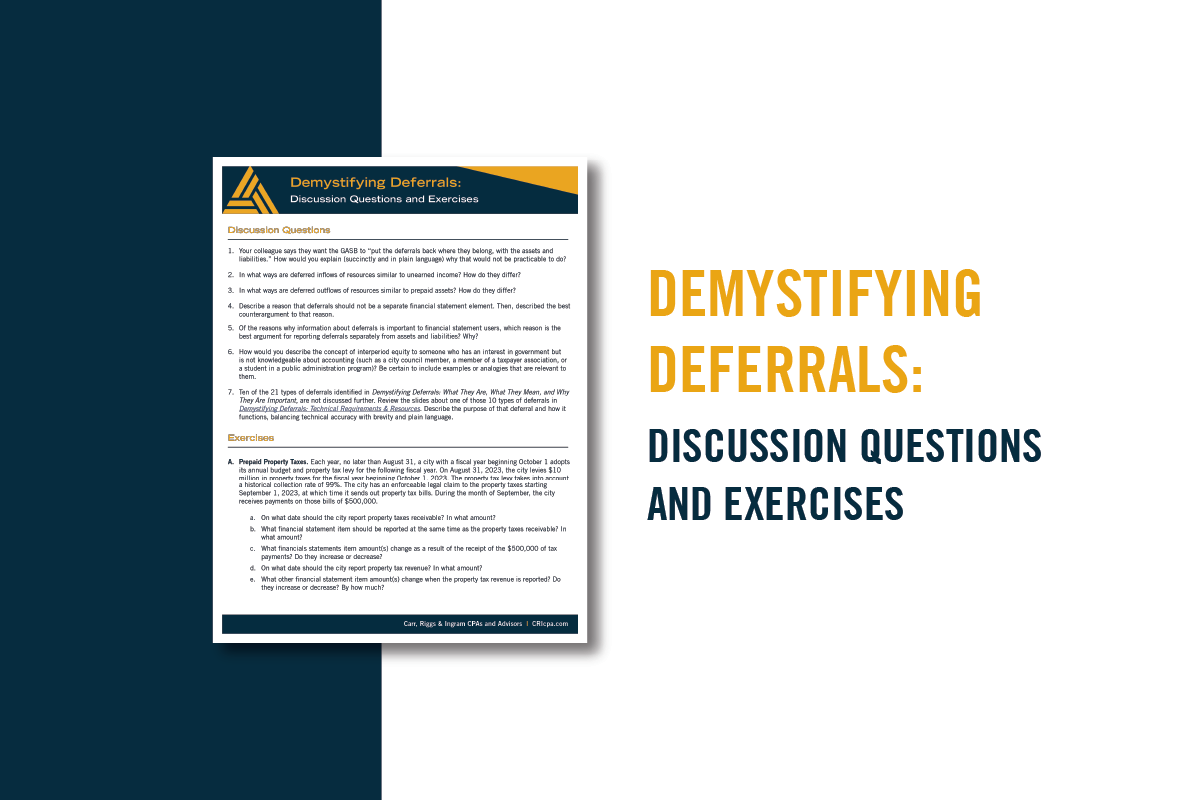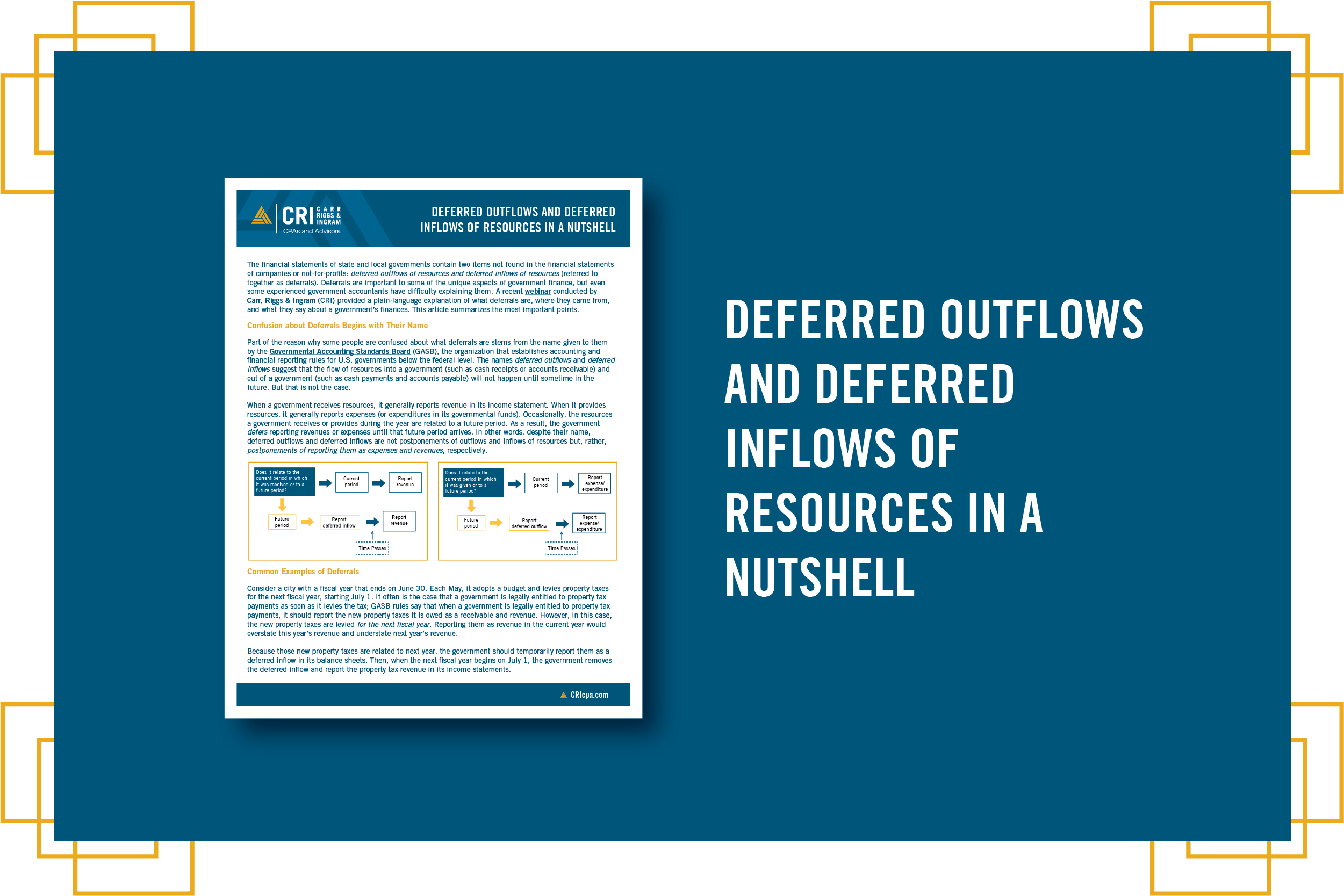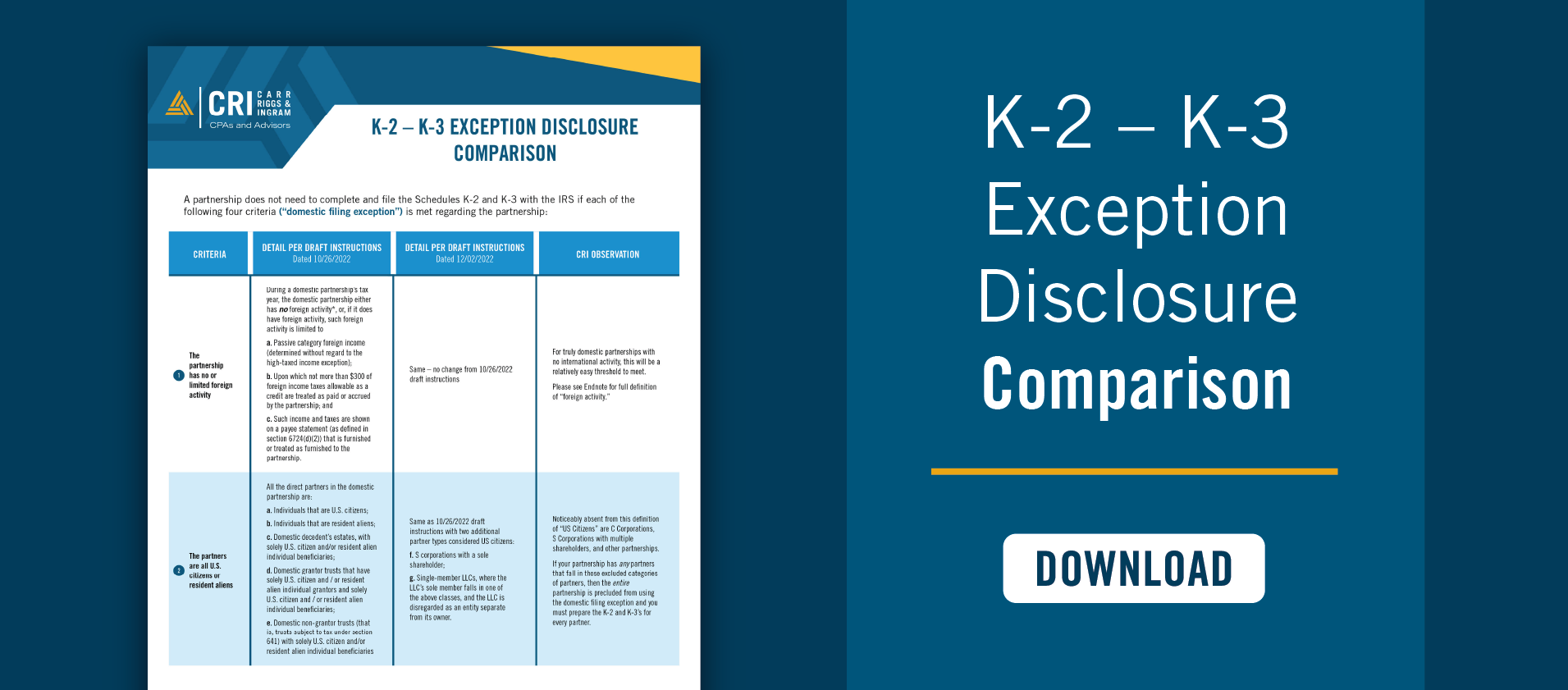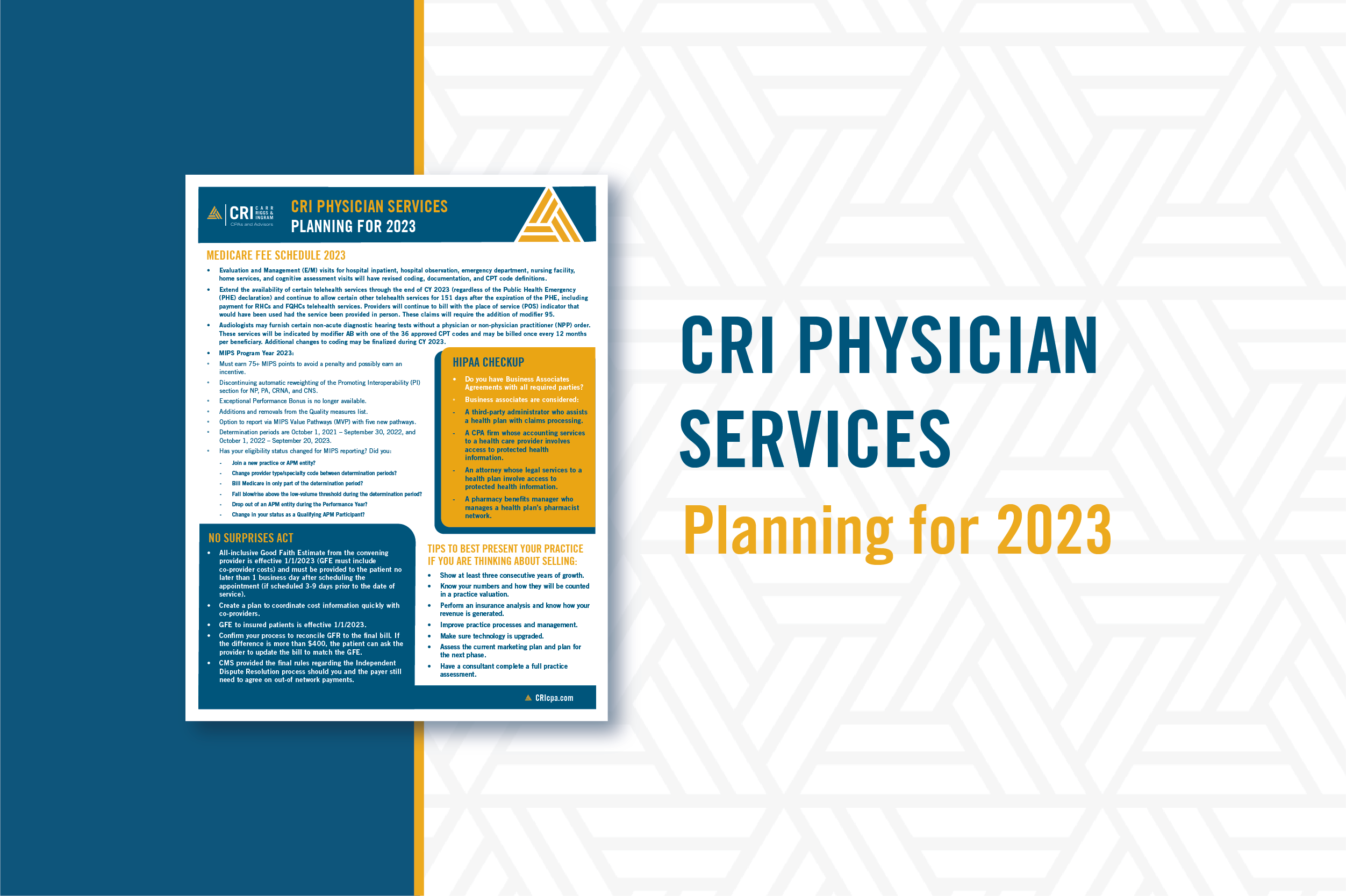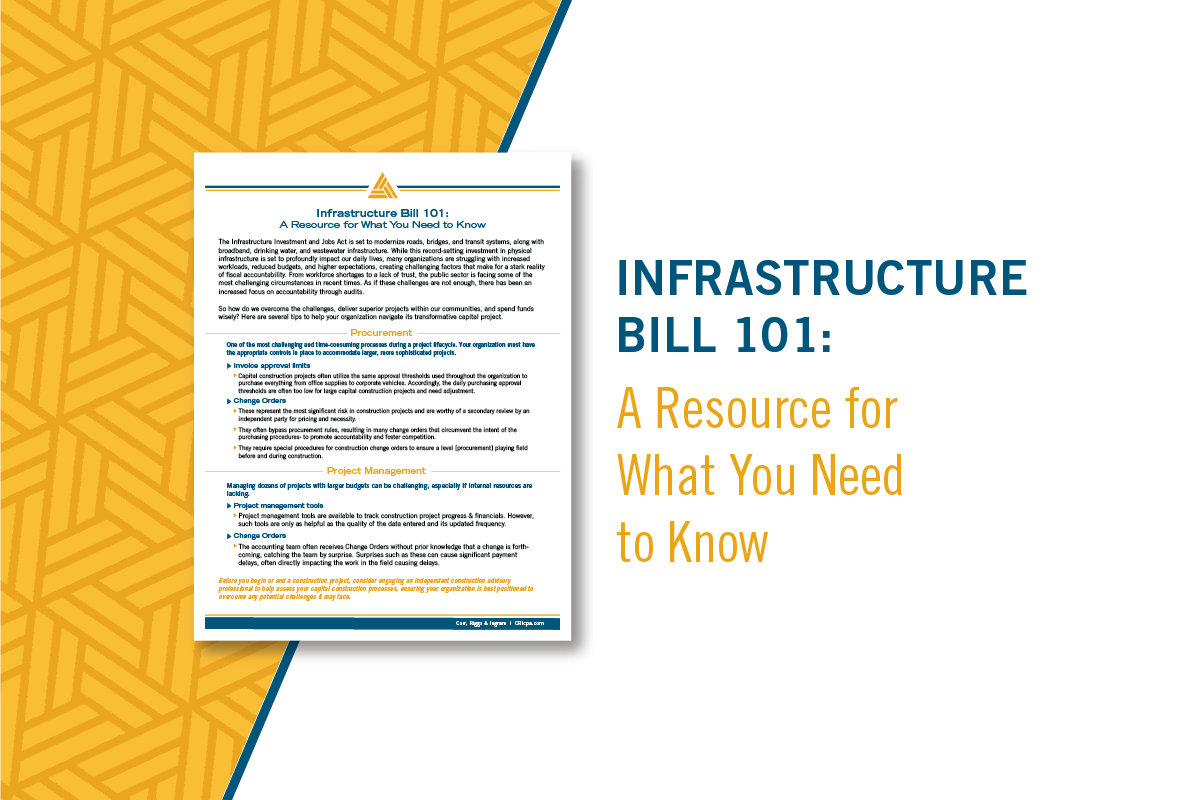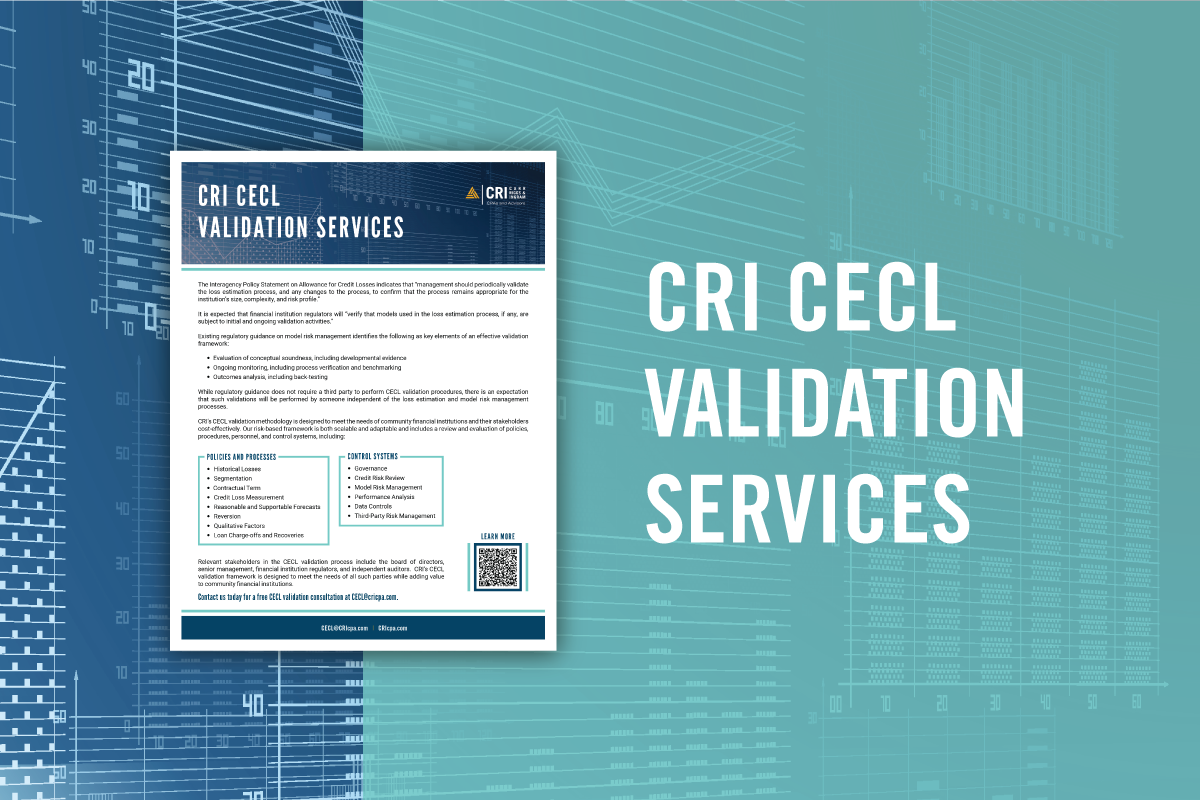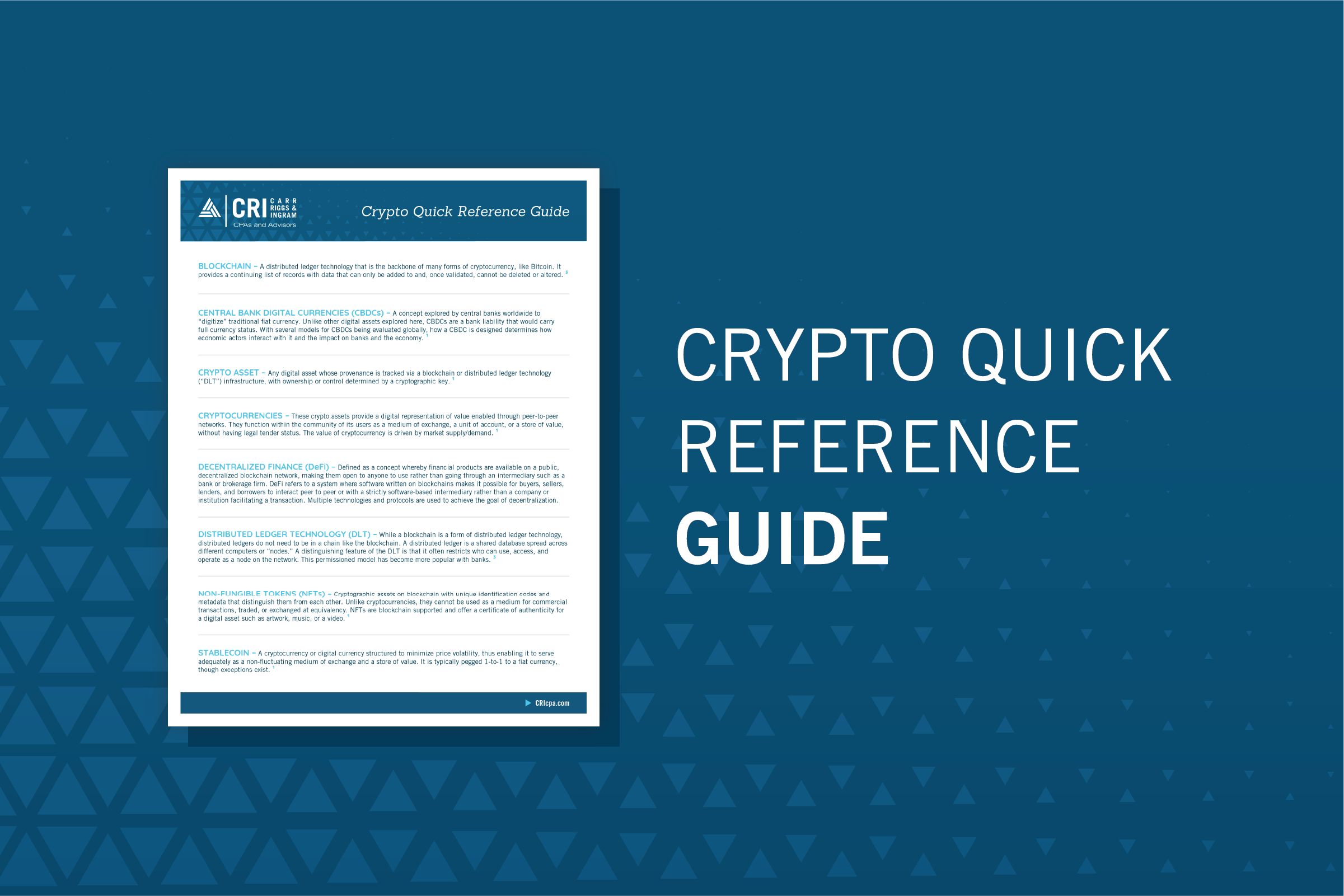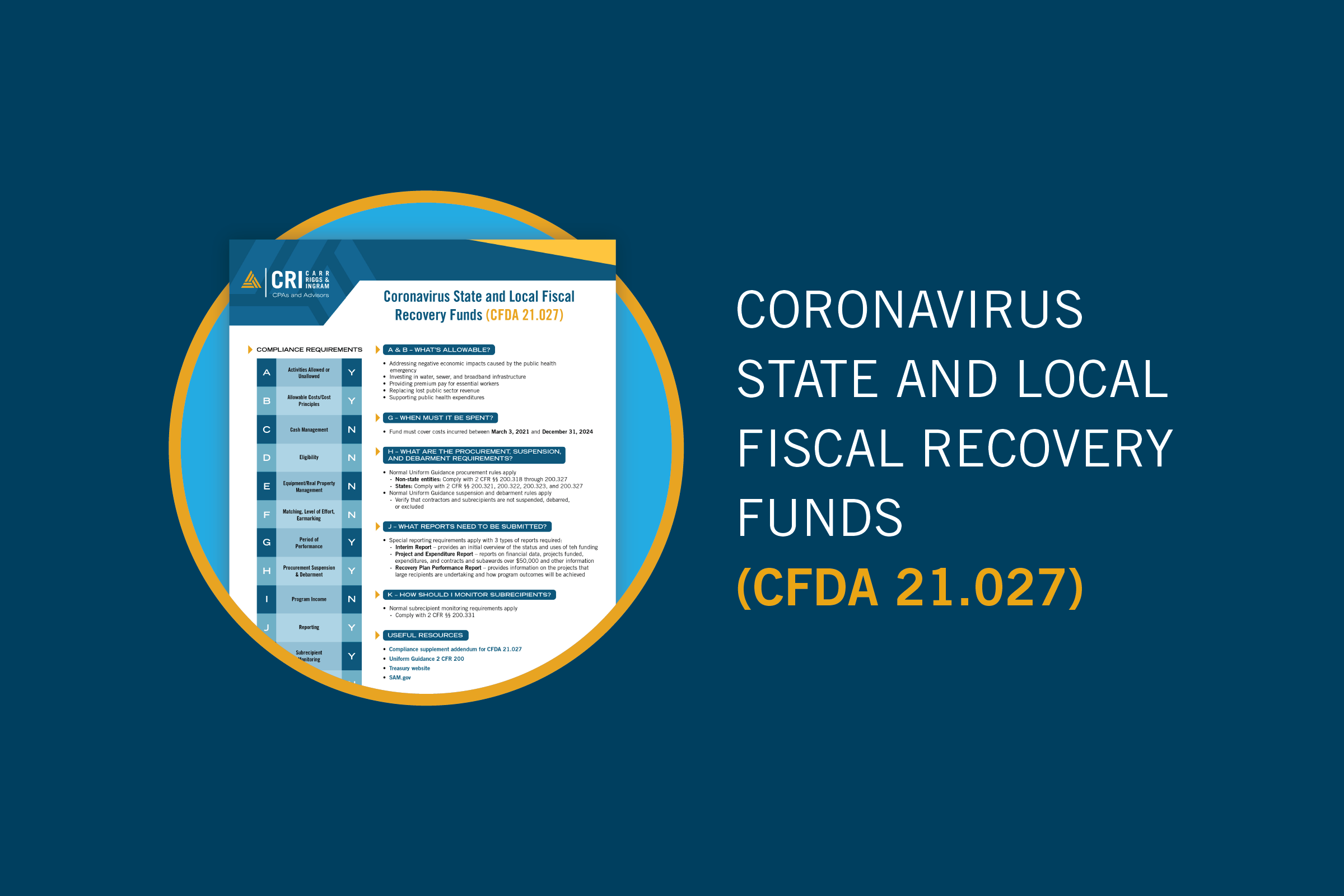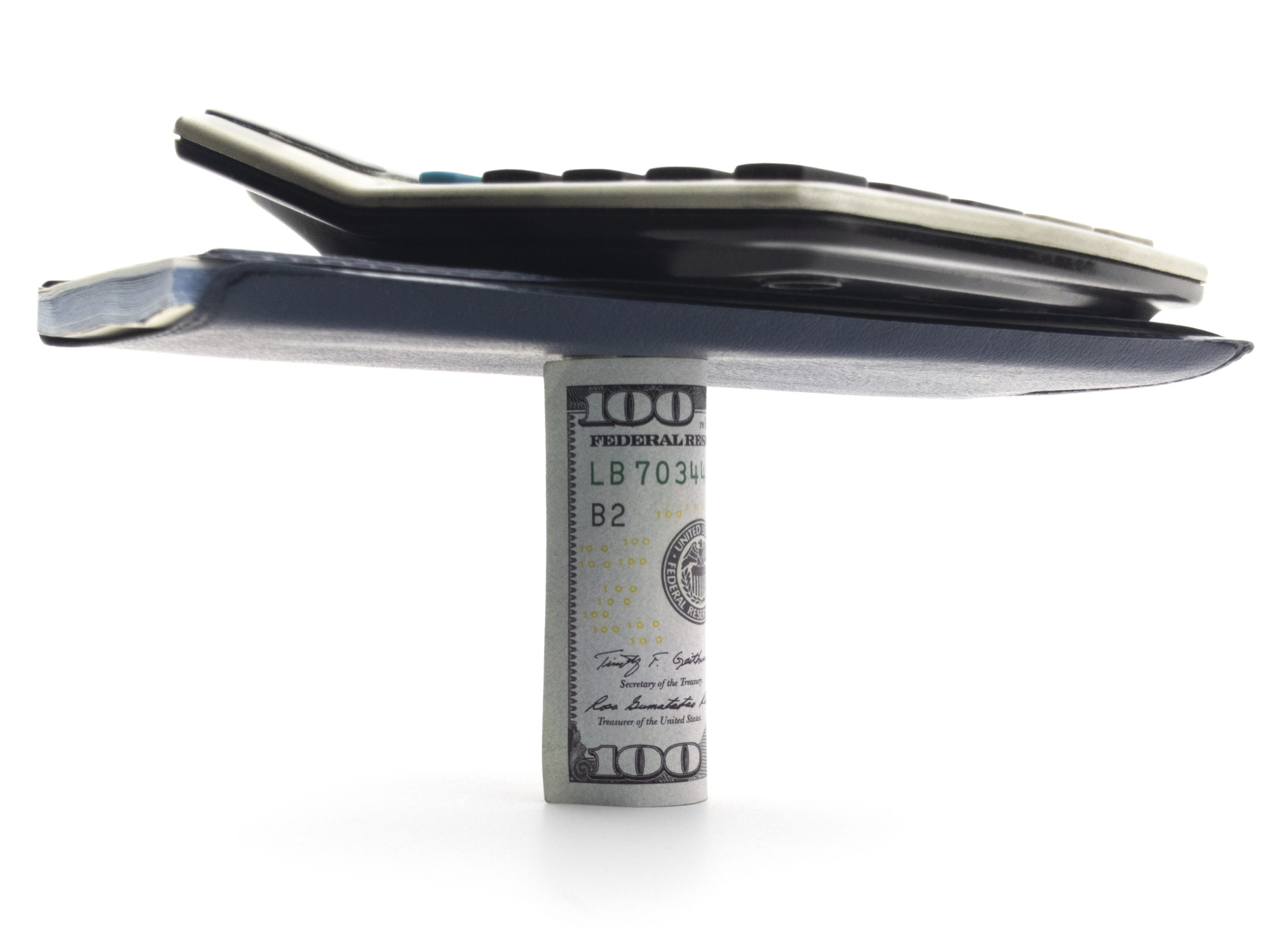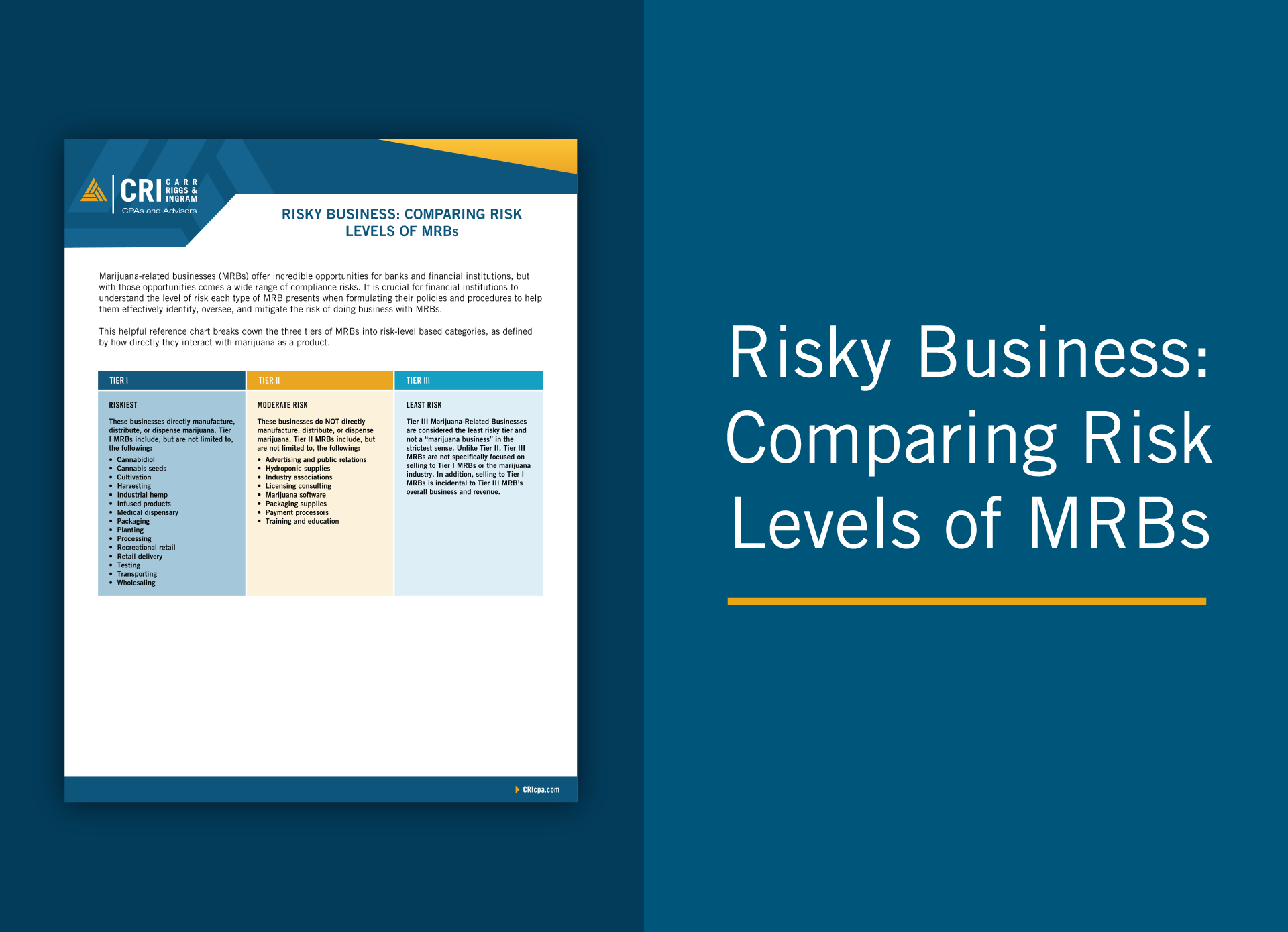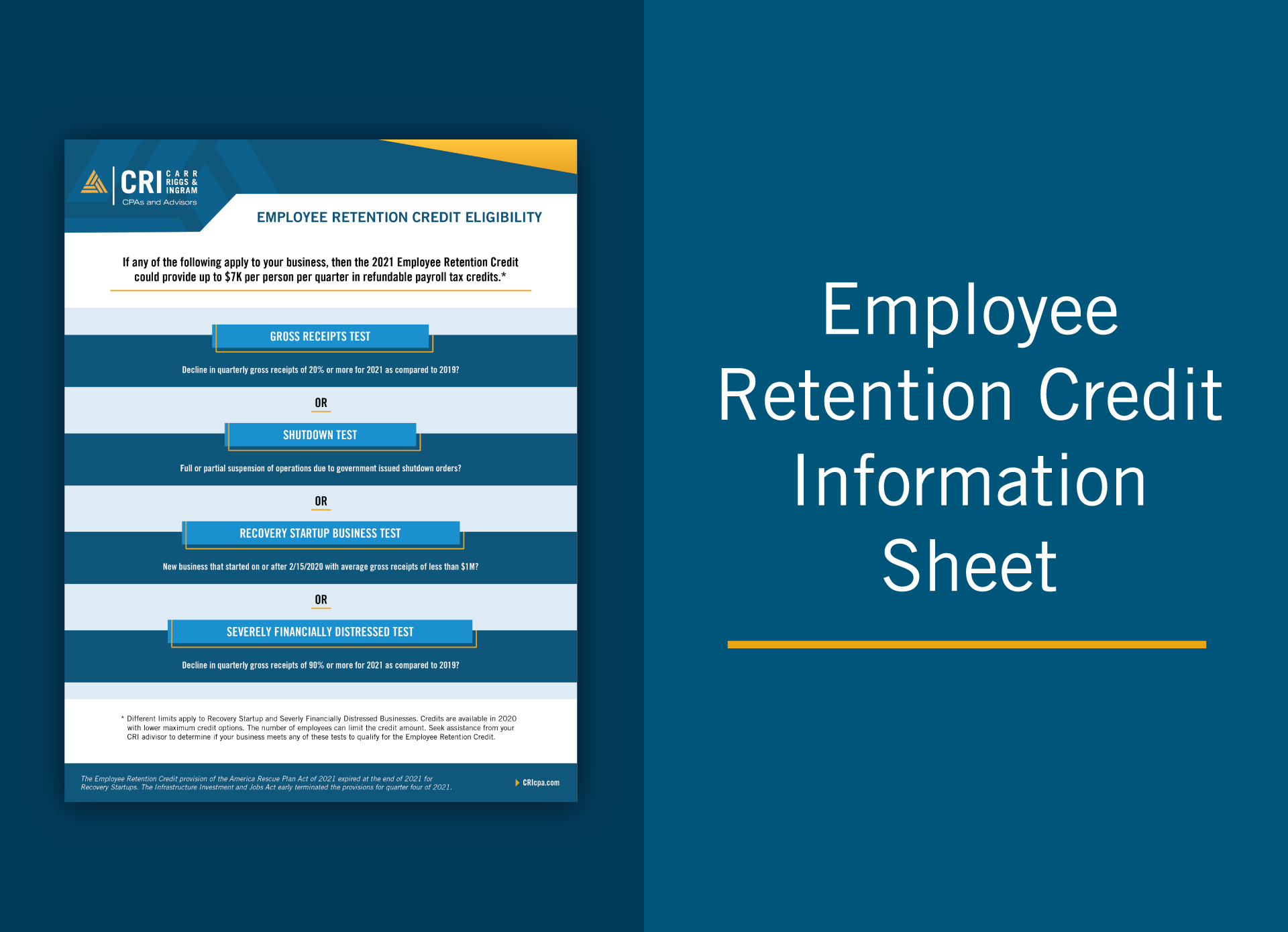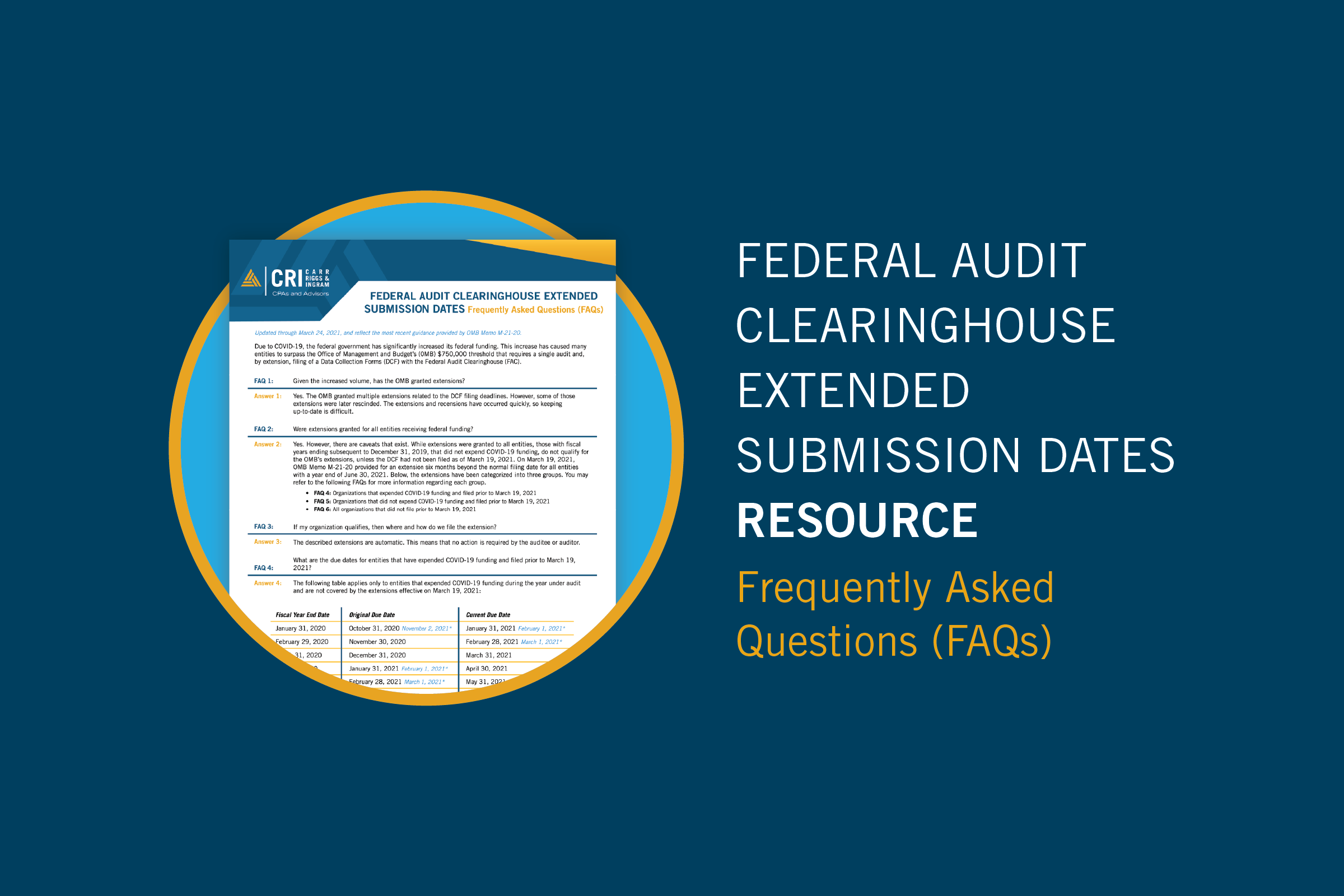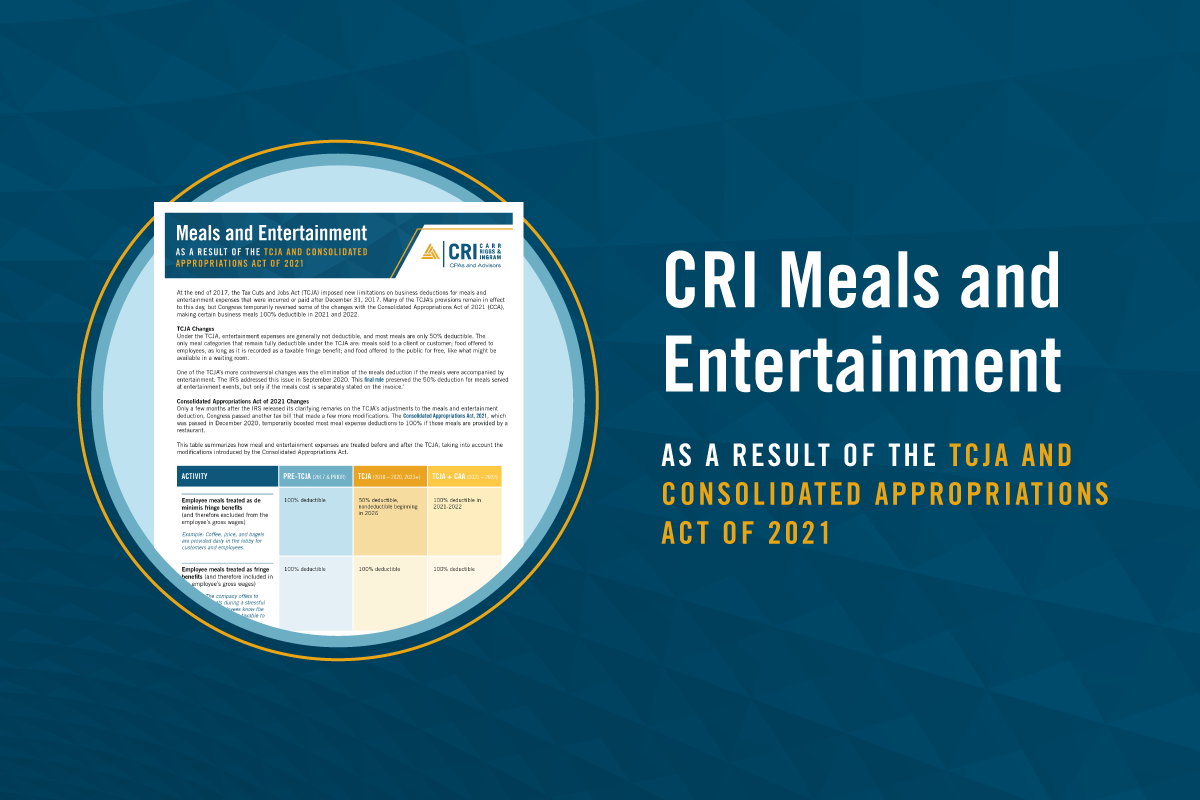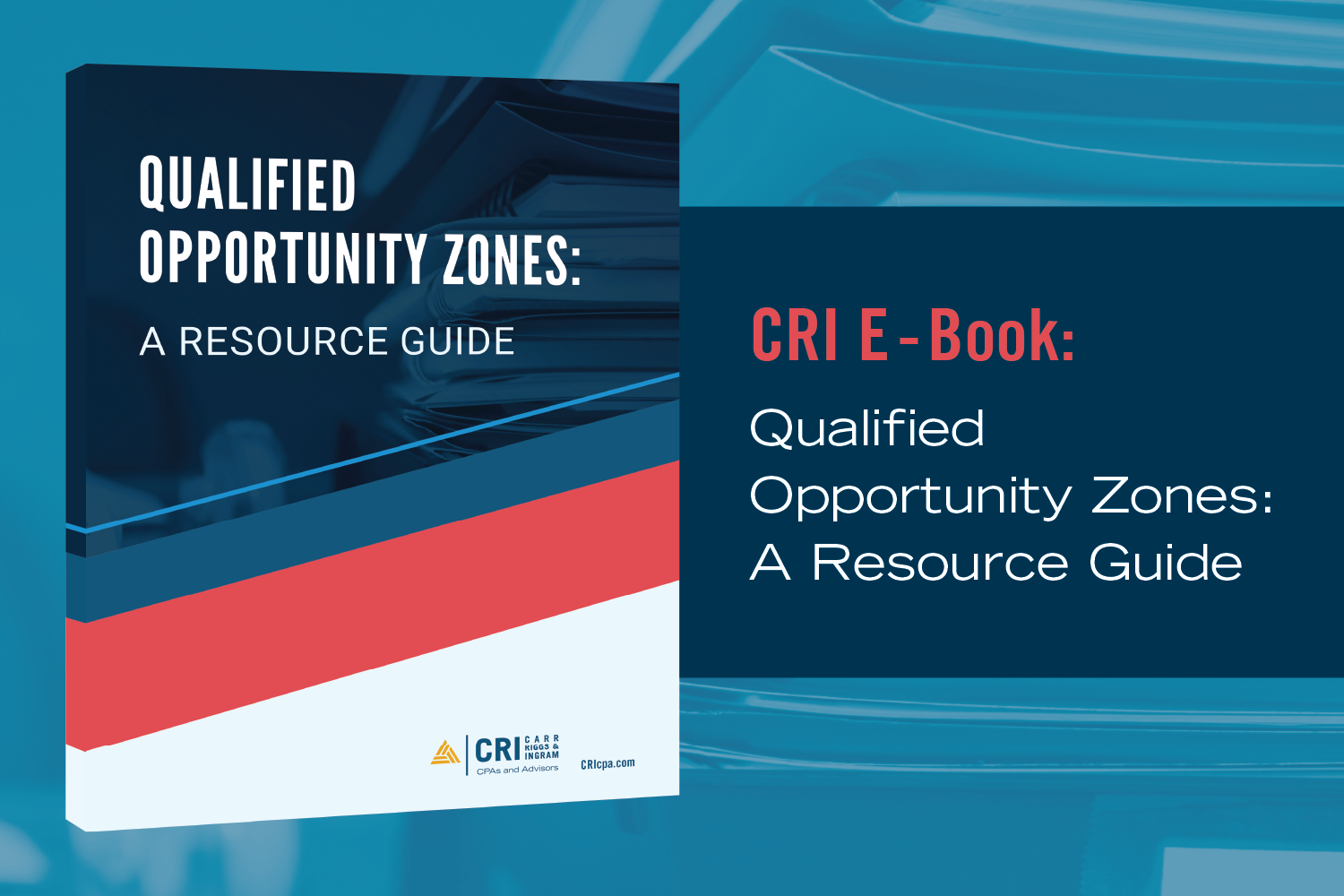How to Arrange a Medical Practice Buy-Sell Agreement that Minimizes Disputes
Mar 18, 2020
Many medical practices are seeing an influx of new patients in the wake of healthcare reform. Some practices may respond to this influx by adding more physicians to their staff. Recruiting and retaining physicians requires the skill of a conductor to keep all areas of the practice playing in unison. Just as a musician needs sheet music for guidance, a medical practice buy-sell agreement protects the practice and minimizes disputes.
Determining Practice Assets
The buy-sell agreement starts with defining and appraising the practice’s assets. Tangible assets include equipment, supplies, and leasehold improvements, often determining the practice’s stock price. New physicians pay for tangible assets either upfront or over a few years with interest. Intangible assets, on the other hand, primarily include accounts receivable. New physicians pay for these assets through a process called income shifting, which is a net income reduction during the first few years with the practice. For example, a physician might start with a 40% decrease in the first year, 30% in the second year, 20% in the third year, and 10% in the fourth year to complete the buy-in. This type of payment method helps ease the financial burden on young physicians.
Finding the Right Balance with Young Physicians
Young doctors owe a substantial amount of debt when they finish training, so they typically can’t afford to immediately buy-in to a practice. Competition for young physicians is fierce, and many will receive multiple practice opportunities. Moreover, younger doctors may see the practice simply as an income source, not as the investment opportunity or retirement portfolio component that it is. Because of these differences, issues may arise over income division, asset valuation, and retention of control.
Competitive Practice Compensation Model
Physician compensation and productivity models should mirror industry standards. Ideally, the compensation formula should balance both production and operations while providing a mechanism for physician performance measurement and feedback.
Control of the Practice
Practice owners typically want to remain in control over the practice. The percentage division of stock doesn’t have to be the same as the percentage division of control or the percentage division of profits. A partnership agreement — separate from the buy-sell agreement — can provide otherwise, according to the owners' wishes. Subjecting critical decisions (such as adding partners or selling or merging the practice) to a supermajority vote is common.
Plan with a Medical Practice Buy-Sell Agreement
A comprehensive buy-sell agreement encompasses legal doctrine as well as financial considerations. CRI’s medical practice CPAs will work with your attorney to compose a buy-sell agreement that will protect your practice, comply with the law, and help minimize disputes.

